 | George Hutton (arithmetic master, King's coll. sch.) - 1844 - 276 pages
...the quantity reserved for the third term. 5. Lastly, multiply together the second and third terms, and divide their product by the first term ; and the quotient will be the fourth term of the proportion, or answer to the question ; and will be always of the same denomination... | |
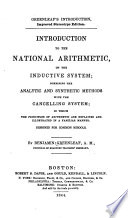 | Benjamin Greenleaf - Arithmetic - 1844 - 208 pages
...lowest denomination mentioned in either, and the third term to the lowest denomination mentioned in it. Multiply the second and third terms together, and divide their product by the first, and the quotient is the answer in the same denomination to which the third is reduced. If any thing... | |
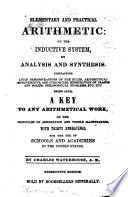 | Charles WATERHOUSE - Arithmetic - 1844 - 228 pages
...second term, and the other for the first Multiply the second and third terms together, and divide the product by the first term, and the quotient will be the answer. If the first and second terras be compound numbers, reduce those terms to the lowest denomination contained... | |
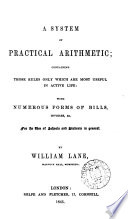 | William Lane (of Worthing.) - 1845 - 138 pages
...lowest denomination it contains. Then multiply the second and third terms together, and divide the product by the first term, and the quotient will be the answer to the question, in the same denomination that the third term was reduced to ; which must be brought... | |
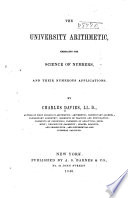 | Charles Davies - Arithmetic - 1846 - 370 pages
...proportion to be found, .and make the third statement in the same manner as the second was made. III. Then multiply the second and third terms together, and divide their product by the product of the first terms, and the quotient will be the answer sought. EXAMPLES. Let us first resolve... | |
 | James W. Kavanagh - 1846 - 304 pages
...after the third, and the marks (: :) for equality between the means. Having now arranged the terms, we multiply the second and third terms together, and divide their product by the first, the resulting quotient, 98, being the reiuired answer in shillings. The pupil is to recollect that,... | |
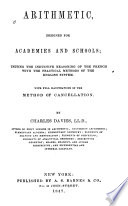 | Charles Davies - Arithmetic - 1847 - 368 pages
...was made. 195. How may questions involving five &c. terms be stated and '•'ed? Give the rule. III. Then multiply the second and third terms together, and divide their product by the product of the first terms and the quotient will be the answer sought. EXAMPLES. 1. If a family of... | |
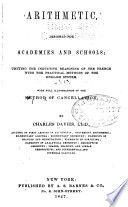 | Charles Davies - Arithmetic - 1847 - 368 pages
...proportion to be found, and make the third statement in the same manner as the second was made. III. Then multiply the second and third terms together, and divide their -product by the product of the first terms and the quotient will be the answer sought. EXAMPLES. 1. If a family of... | |
 | Roswell Park - Best books - 1847 - 626 pages
...placed last of those two, and the greater of them will be the first. The question being thus stated, multiply the second and third terms together, and divide their product by the first; and the quotient will be the fourth term, or answer sought. A Compound Proportion, including the solution... | |
 | Nathan Daboll, David Austin Daboll - Arithmetic - 1849 - 260 pages
...the greater for the first term ; then multiply' the second and third terms together, and divide the -product by the first term, and the quotient will be the answer in the same name "of the third term EXAMPLES. 1. If 6 yards cost $10, 2. If $20 will buy 12yds.i What... | |
| |